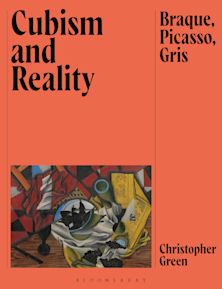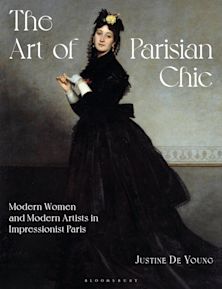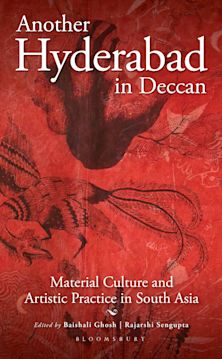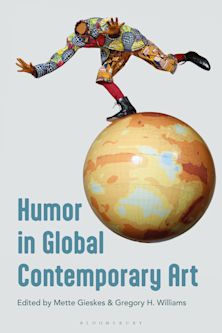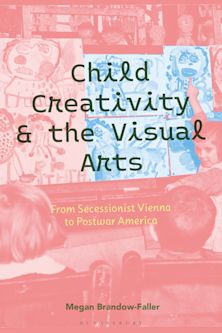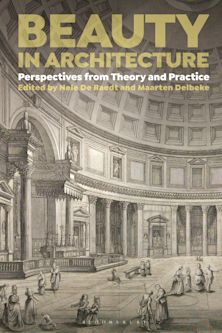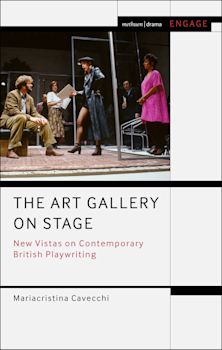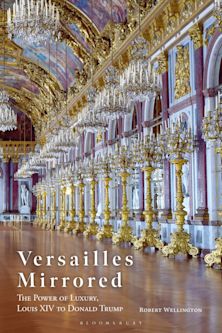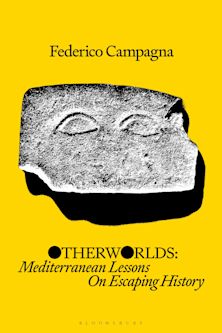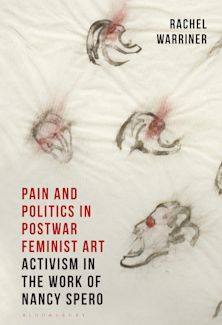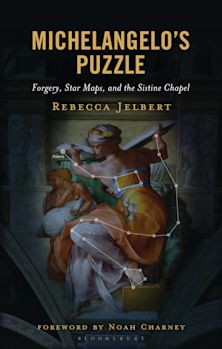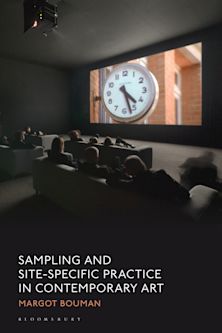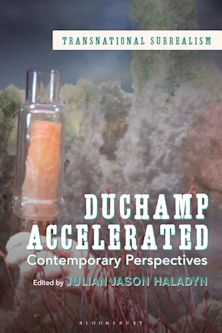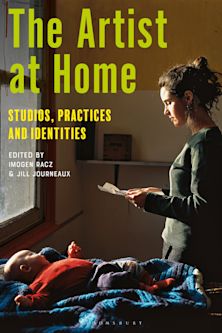Édouard Vuillard, the Nabis, and the Politics of Domesticity
Édouard Vuillard, the Nabis, and the Politics of Domesticity
This product is usually dispatched within 2-4 weeks
- Delivery and returns info
-
Flat rate of $10.00 for shipping anywhere in Australia
Description
This ground-breaking book is the first to address the feminine and feminist politics of Intimiste art - a modernist mode of art making developed in the 1890s by Édouard Vuillard while associated with the Nabi 'brotherhood'.
Coined by contemporary critics, 'intimisme' encapsulated the shared approach of these artists to depicting intimate settings and themes. Vuillard's paintings, which are typically small, employ bold pigments and economic brushstrokes to depict female figures in tightly composed apartment interiors. Those portrayed include his mother and sister, just as wives and lovers dominate the art of other Nabis, including Maurice Denis and Pierre Bonnard.
Francesca Berry comparatively analyses the gender politics of Nabi art to reveal real differences. Through skilled visual interpretation she argues that Vuillard attempted a profound engagement with the material conditions of feminine domesticity in cooperation with his first and most sustained audience: women. He did so, the author reveals, in artworks that explore a complex range of feminine experiences such as sexual initiation, stillbirth, illicit work, and unceasing housework. The personal gender politics of Intimiste practice also are foregrounded. Vuillard's studio-bedroom afforded him access to quotidian femininity. But at what risks to his sister's privacy and to his mother's subjectivity?
Making an artistic project of feminine domesticity also meant entering the field of politics. The 1890s was the decade of state legislation and feminist demands with respect to work in the home and women's familial rights. Personal in motif and Symbolist in form, Berry's extensive historical research reveals these artworks also to have been social and political, sometimes even feminist, in meaning. Transcending the structural repression of domesticity in histories of modernist art, this book powerfully overturns residual myths of aesthetic introspection and social retreat that for too long have been attached to Nabi Symbolism.
Table of Contents
Acknowledgements
List of Abbreviations
Note on Translations
Introduction
1. Intimisme and the Critical Politics of Domesticity
2. Atelier-Chambre and Chambre: The Sexual Politics of Intimiste Space
3. Maman: Muse and Motif
4. Seeing and Sewing: The Family Business
5. Brush and Broom: Housework as Art Work
6. Conclusion
Notes
Bibliography
Index
Product details
| Published | 03 Apr 2025 |
|---|---|
| Format | Hardback |
| Edition | 1st |
| Extent | 312 |
| ISBN | 9781350186736 |
| Imprint | Bloomsbury Visual Arts |
| Illustrations | 8 colour & 76 bw illus |
| Dimensions | 234 x 156 mm |
| Series | Material Culture of Art and Design |
| Publisher | Bloomsbury Publishing |
Reviews

ONLINE RESOURCES
Bloomsbury Collections
This book is available on Bloomsbury Collections where your library has access.















